The Ho Chi Minh Mausoleum, located in Hanoi, Vietnam, is a solemn and significant historical site. It serves as the final resting place of Ho Chi Minh, the founding father and beloved leader of modern Vietnam. Here are some key details about the Ho Chi Minh Mausoleum:
Location: The Ho Chi Minh Mausoleum is situated in Ba Dinh Square, in the center of Hanoi. It's a prominent landmark in the city and an essential stop for visitors interested in Vietnam's history.
History: Construction of the mausoleum began in 1973 and was completed in 1975. It was built to honor Ho Chi Minh, who played a pivotal role in Vietnam's struggle for independence from colonial rule. He served as the President of North Vietnam from 1945 until his death in 1969.
Architecture: The mausoleum's design is a striking blend of architectural styles, incorporating elements of both Soviet and traditional Vietnamese architecture. The exterior is made of gray granite, with a towering portico and a red flag flying above it.
Visiting: The Ho Chi Minh Mausoleum is open to the public, allowing visitors to pay their respects to Ho Chi Minh. Inside the mausoleum, Ho Chi Minh's preserved body is on display in a glass case. Visitors are required to dress modestly and maintain a respectful demeanor while inside the mausoleum.
Operating Hours: The mausoleum is typically open to the public in the mornings from Tuesday to Thursday and on weekends. It is closed on Mondays and Fridays. However, these hours may vary, so it's advisable to check in advance if you plan to visit.
Preservation: Ho Chi Minh's body is preserved using a complex and secretive embalming process. The process has been maintained by Russian and Vietnamese scientists to ensure his body remains in remarkable condition.
Ba Dinh Square: The mausoleum is situated in Ba Dinh Square, a historic site where Ho Chi Minh read the Proclamation of Independence of the Democratic Republic of Vietnam on September 2, 1945. Visitors can also see other important landmarks in the vicinity, including the One Pillar Pagoda and the Presidential Palace.
Ceremonies: Important ceremonies and events, such as flag-raising ceremonies, often take place in front of the mausoleum, adding to its cultural and historical significance.
Visiting the Ho Chi Minh Mausoleum offers an opportunity to learn about the life and contributions of Ho Chi Minh and to experience a key part of Vietnam's history. Keep in mind that it's essential to follow the rules and guidelines when visiting this solemn site to show respect for the Vietnamese people and their revered leader.
Important Information
Open Hours
Tue - Tue 8:00 AM - 4:30 PM
Wed - Thu 8:00 AM - 11:30 AM
Sat - Sun 8:00 AM - 11:30 AM
Address
2 Hung Vuong Street, Dien Ban Ward, Ba Dinh District, Hanoi, Vietnam
Contact
Phone: +84 243 823 3163
Tickets
No Entry Fees
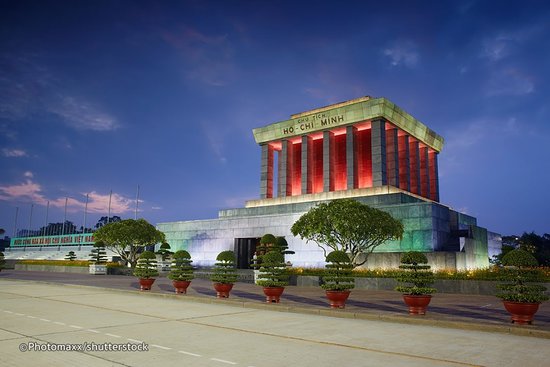
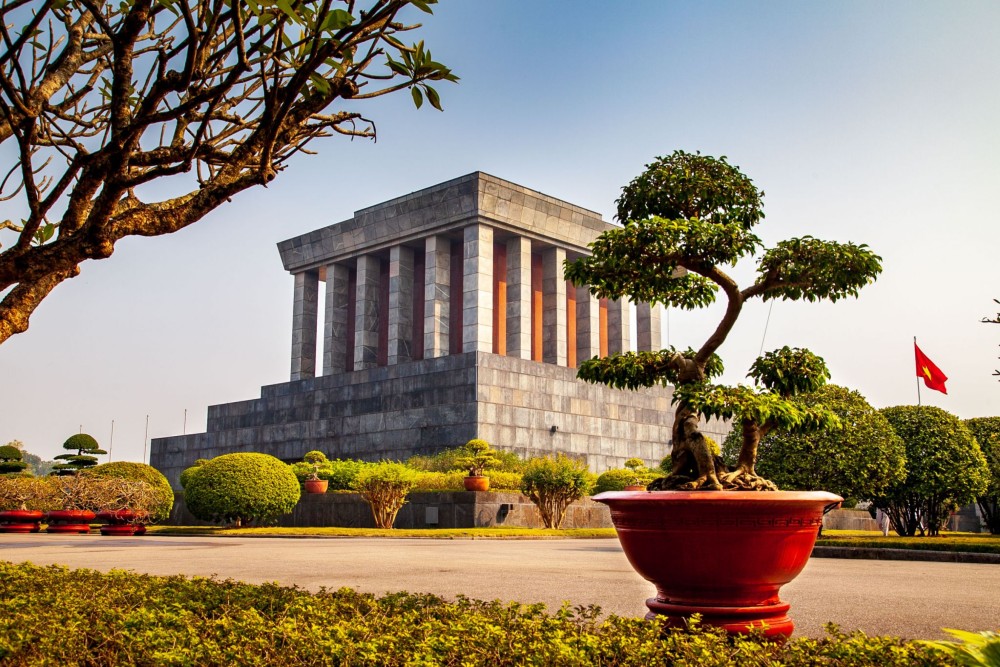
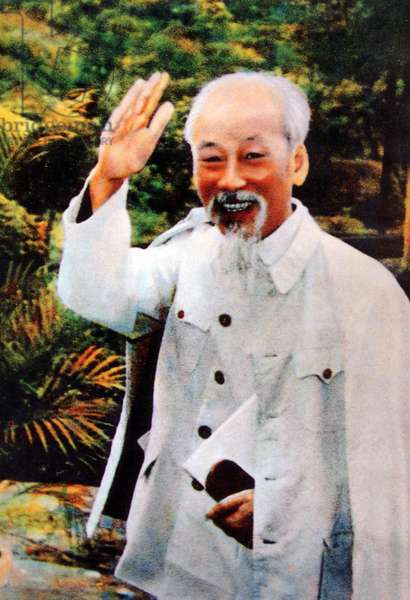
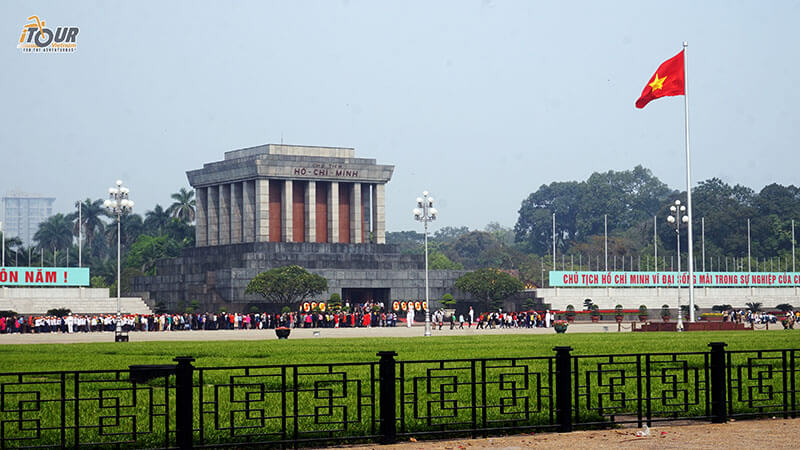
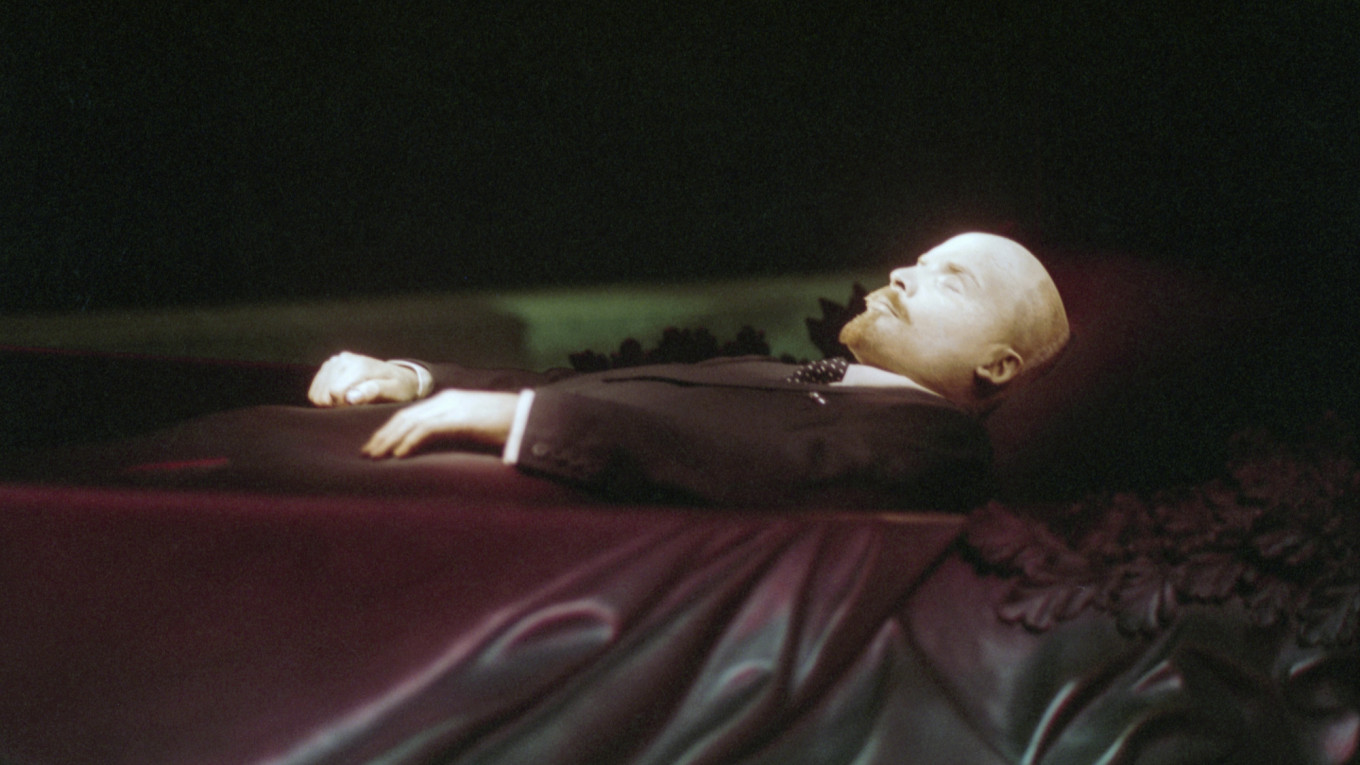
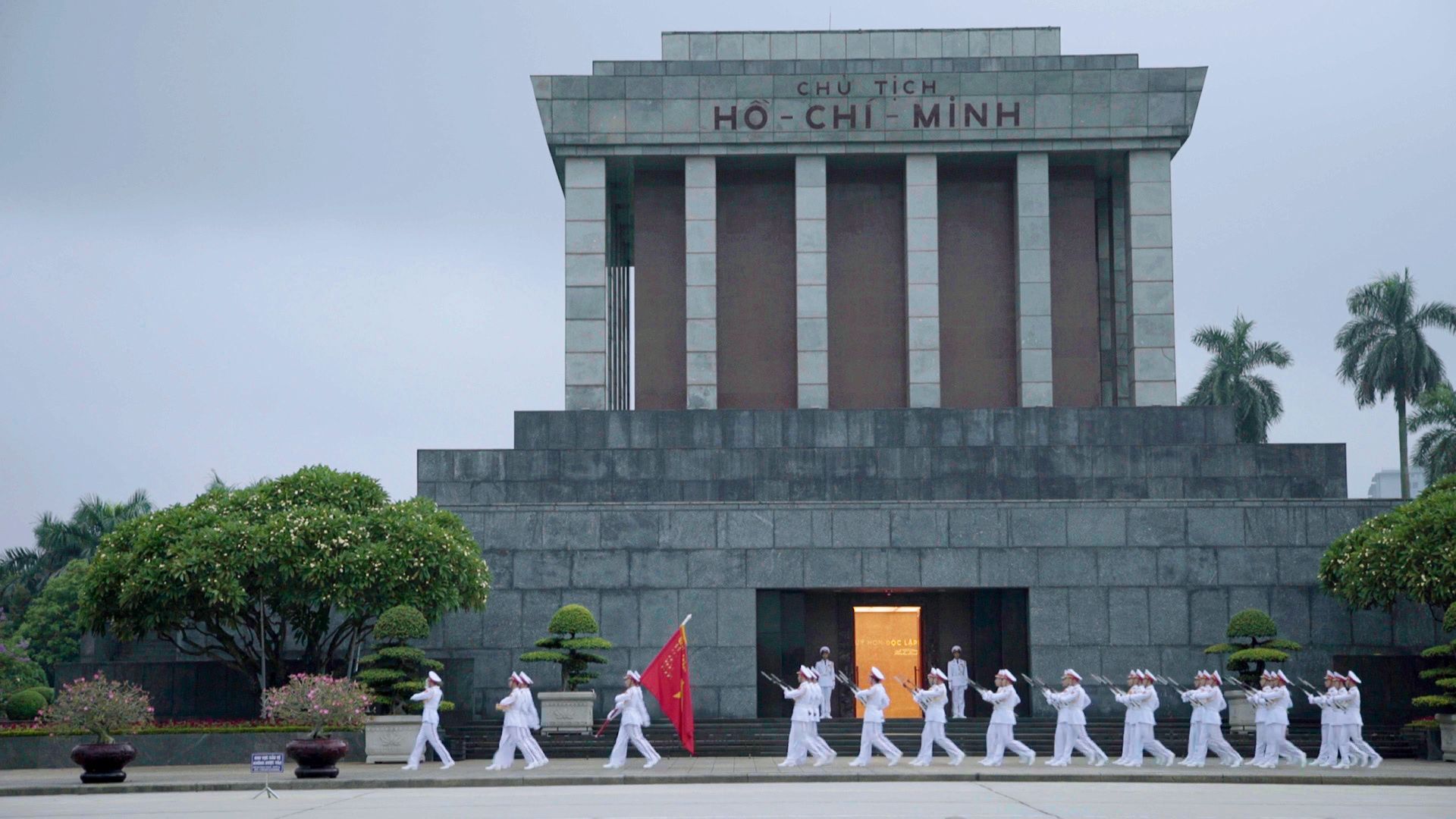
Ho Chi Minh Mausoleum